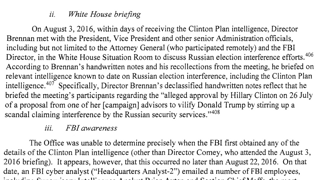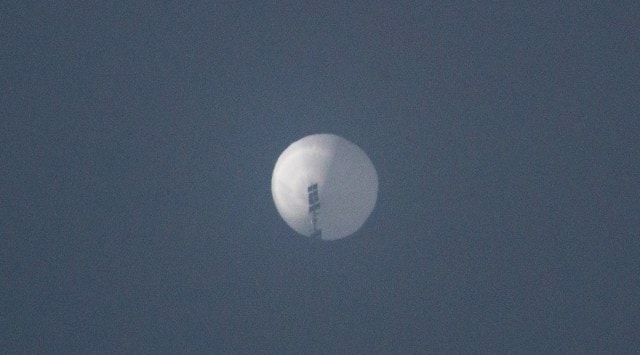These sanctuary governors and mayors are arguing the wrong point. It is not so much about where to house these people and re-shipping them to other locations, but rather the scandal should be to tell the entire illegal immigrant operation that there is nothing in America to come to that is better than what they left. Consider just how much money these people spend to come here and the deadly traveling just to get beyond our borders. Are these people coming to anything better in the long term than what they left? Do they really want to work in slaughter houses, work farms in disgusting living conditions? Do they really want to be trafficked in the sex trade industry?
Ah, but read on to see a Chicago police station and consider how it is in expensive hotels across the country where we have no idea of their names, ages or even their history, no visas, no passports and no documents at all. How can law enforcement even begin to deal with this considering all the other existing crime across the country….
A huge hat tip to Rebecca Brannon!
New footage shows a Chicago police station filled with mattresses and dozens of illegal migrants, as the city struggles to house the hundreds of border crossers arriving there each day.
Officials in Chicago have said they cannot afford to rent hotel rooms for the more than 8,000 migrants who have arrived in their city and have pushed for more federal funds to cover costs.
Due to the lack of available shelters, some migrants have turned to police stations for a safe place to sleep.
The migrant-housing crisis in Chicago follows last week’s end to the Trump-era COVID-19 border restriction known as Title 42, which allowed U.S. authorities to send migrants back to Mexico without giving them a chance to seek asylum.
Tens of thousands of people hurried to cross the border illegally into the U.S. before President Joe Biden implemented a strict new asylum policy to replace Title 42.
In the shocking footage posted by photojournalist Rebecca Brannon, dozens and dozens of migrants are seen sitting on and around mattresses in a Chicago police station.
Brannon reported that many of the migrants have slept and eaten on the floors, which has placed a strain on the law enforcement officers whose day-to-day jobs have been made more difficult by their presence.
Small children were seen running around and an alley sits full of trash produced by the migrants.
Chicago already has a serious violent crime problem, with its new influx of migrants likely to further strain budgets desperately-needed to try and make the city safer.
More than 8,000 migrants have arrived in Chicago since August, which is when southern states started to bus asylum seekers north. Texas Gov. Greg Abbott sent migrants to the Democrat-led cities to help ease the burden on border towns.
‘To provide much-needed relief to our overrun border communities, Texas began busing migrants to sanctuary cities such as your ‘Welcoming City,’ along with Washington, DC, New York City, and Philadelphia, with more to come. Until Biden secures the border to stop the inflow of mass migration, Texas will continue this necessary program,’ Abbott noted in a letter earlier this month.
Migrants been sent to cities such as Chicago, Philadelphia and New York. Migrants have also arrived in Washington, DC, with buses stopping outside the home of Vice President Kamala Harris.
Despite the Chicago’s obvious overcrowding issue, new Mayor Brandon Johnson, a progressive Democrat who assumed office Monday, said in his inauguration speech that in Chicago, ‘there’s enough room for everyone.’
Johnson’s affirmed commitment to welcoming migrants to Chicago follows his predecessor – Lori Lightfoot’s decision to declare a state of emergency earlier this month, calling migrant arrivals a ‘humanitarian crisis’ and pushing for increased federal aid.
Chicago officials have said they expect a $53 million shortfall without additional aid because of the cost from housing migrants.
‘We’re in May, and we haven’t received any funding from FEMA,’ Chicago budget director Susie Park recently told the City Council, according to the Chicago Sun-Times. ‘The need is great. A lot of requests are coming in. New York is probably asking for $1 billion. There is a lot of need.’




